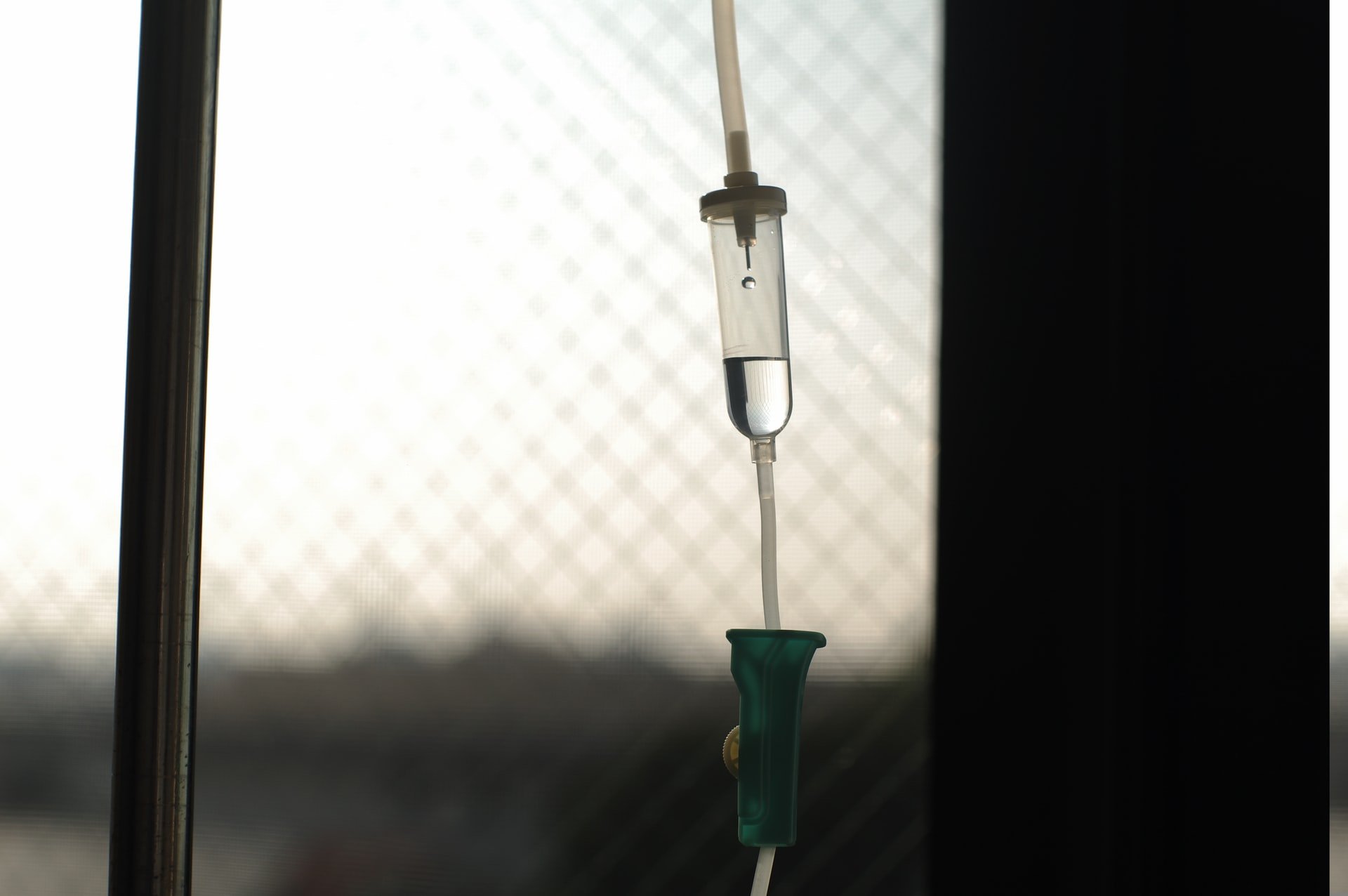A tear trough is a deep crease between the lower eyelid and upper cheek. It can cast a shadow below your eyes, resulting in a tired appearance. Some people think their tear troughs make them look older.
In certain individuals, tear troughs are an inherited trait. In others, tear troughs become more prominent with age. That’s because facial tissues lose volume as you get older.
The goal of a tear trough filler is to reduce the depth of a tear trough. A trained medical professional injects a dermal filler into the area, making the skin look fuller and tighter. It’s a nonsurgical method of facial rejuvenation.
However, like other types of facial fillers, tear trough fillers have pros and cons. It’s important to understand the procedure and potential complications before getting the treatment. Tear trough fillers aren’t FDA approved and their use is considered off-label.
A tear trough filler is an injectable treatment that’s used under the eyes. Its purpose is to add volume beneath the eyelids.
The product most often used in this area is one typically made of hyaluronic acid, although other ingredients may be used. Hyaluronic acid is a gel-like substance that naturally exists in your body. When injected into the skin, hyaluronic acid increases fullness and decreases indentations.
Tear trough fillers are relatively safe. They’re also less invasive than tear trough surgeries, which include fat grafting and fat repositioning.
The effects of tear trough fillers are temporary, though. They only last about 1 year. You’ll need repeated treatments to maintain long-term results.
Sometimes, tear trough fillers are used with other procedures like:
You might be an ideal candidate for tear trough filler if you:
- have mild to moderate sagging under the eyes
- have healthy, thick skin
- have realistic expectations
- understand the treatment is temporary
- are physically healthy
Alternatively, you may not be a good candidate if:
- your skin is very thin
- you have excess skin beneath the eyes
- your tear troughs are very deep
- you have fat bulging under your eyes
- you have an active skin infection in the area
- you have a medical condition that increases your risk of complications
Before receiving tear trough fillers, a trained medical professional will assess your lower eyelids. They’ll also check the texture and thickness of your skin. Additionally, they’ll determine what type of dermal filler is best for your needs.
Your procedure will take place in a medical office. Here’s what you can expect:
- A medical professional disinfects the skin to prevent infection. A topical anesthetic may be applied to the area to prevent bruising, or they may place an ice pack on your lower eyelids. This numbs the area and decreases the risk of bruising.
- Next, they prepare a syringe containing the filler. The syringe is connected to a blunt or sharp needle, depending on their choice. They inject the filler into the skin beneath your lower eyelid.
- As they inject the filler, they slowly withdraw the needle. They lightly massage the area to spread the filler. The procedure is repeated beneath the other eyelid.
You can go home once the procedure is done. You’ll likely have some swelling, bruising, and redness. These side effects usually improve after 48 to 72 hours.
The area under your eyelids will look fuller right away. However, it can take 1 to 2 weeks to see the full results, according to anecdotal reports.
Be sure to follow post-treatment instructions, which typically include the following:
- Avoid intense activity for 24 to 48 hours.
- Apply ice during the first 48 hours.
- Avoid sleeping face down.
- Use your fingers to gently massage any lumpy areas.
Possible complications of tear trough fillers include:
- headache
- skin discoloration
- allergic reactions
- persistent pain
- edema (swelling) around the eye
- filler forming into lumps
- granuloma
- infection
- vascular side effects
- lack of desired results
- permanent blindness due to central retinal artery occlusion (very rare)
Some complications can happen 2 weeks after the procedure. Therefore, it’s important to see your doctor if you have:
The total cost of tear trough fillers depends on how many syringes you need. If your tear troughs are shallow, the medical professional may use one syringe for both sides. If your tear troughs are deep, you may need one syringe for each side.
According to the American Society of Plastic Surgeons, the average cost of hyaluronic acid is $682 per syringe.
Therefore, the procedure can range between $682 to $1,364. Your treatment might cost more or less, depending on your geographical location and the medical professional’s experience.
Tear trough fillers aren’t covered by health insurance. The procedure is cosmetic and considered nonessential.
It’s also important to remember that tear trough fillers are temporary. You’ll need repeated treatments if you wish to maintain the effect. Many people repeat the injection every 1 or 2 years.
If you’re interested in tear trough fillers, take the time to find an experienced cosmetic surgeon, plastic surgeon, dermatologist, or another trained medical professional.
A qualified provider will be trained in the correct injection technique. They’ll also know how to choose the best injection site and pick the right filler for your needs. This will reduce your risk of complications.
To find a qualified cosmetic surgeon in your area, visit the American Board of Cosmetic Surgery website and use their search tool. You can also locate a board certified plastic surgeon using the search tool on the American Society of Plastic Surgeons website, or find a dermatologist on the American Academy of Dermatology website.
At your initial consultation, ask the medical professional questions like:
- Were you trained specifically in dermal fillers?
- How long have you been performing tear trough fillers?
- How did you train for the procedure?
- Do you have before and after photos of past patients?
- How will you determine if the fillers are right for me?
- What can I expect during the procedure and recovery?
If you have deep creases under your eyes, tear trough fillers may be an option. The procedure typically involves injecting hyaluronic acid beneath your lower eyelids. This makes the area look fuller.
Since the effects are temporary, you’ll need to repeat the treatment every 1 or 2 years. It’s also a cosmetic procedure, so it’s not covered by insurance.
Tear trough fillers are generally considered safe. But you might not be a good candidate if you have very thin skin or underlying medical conditions. A trained medical professional can determine if the treatment is right for you.



